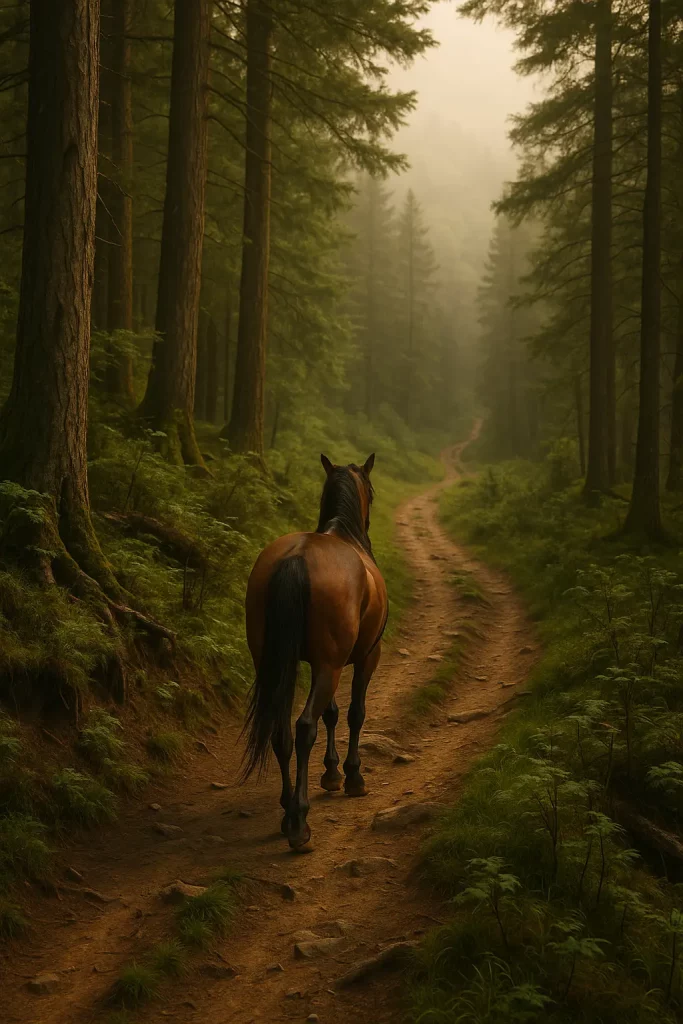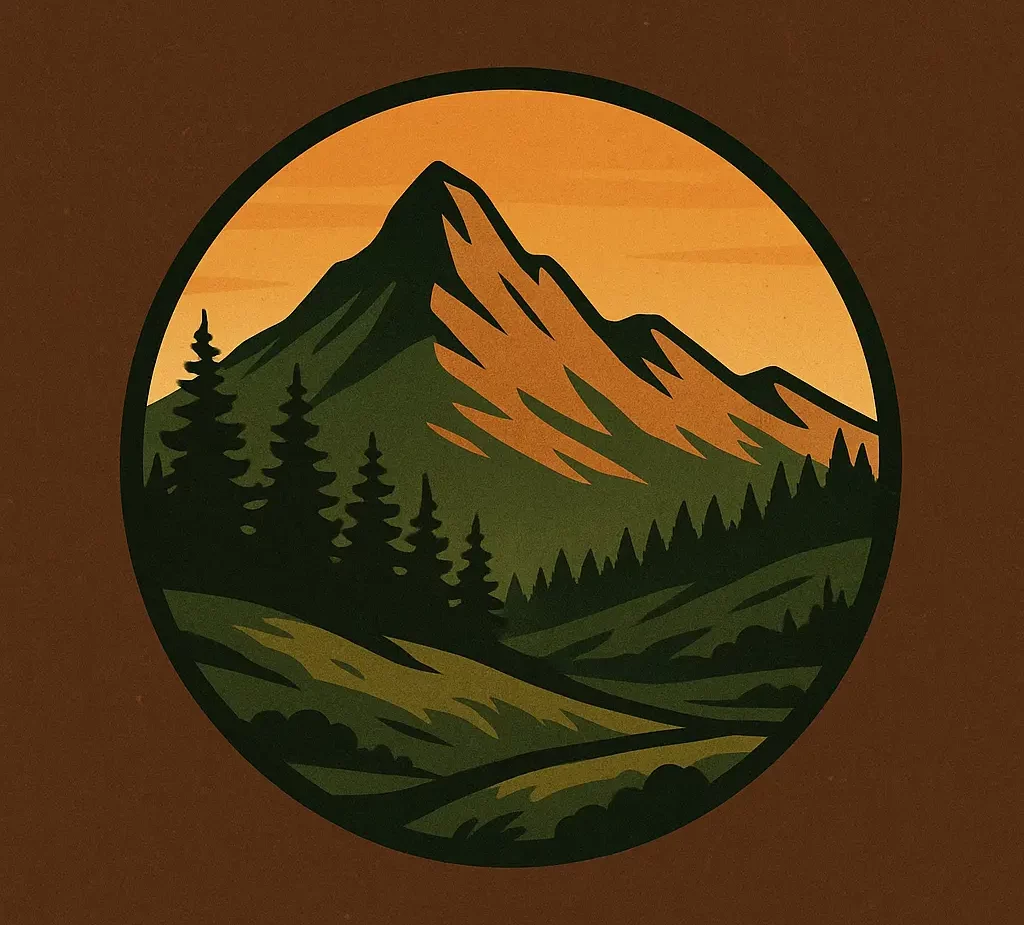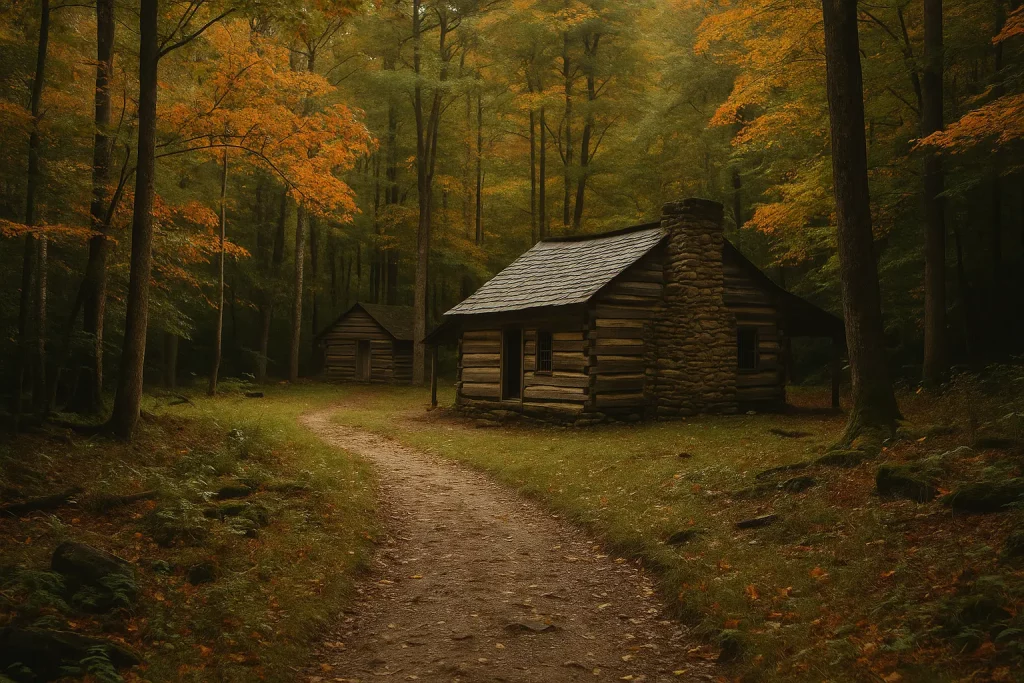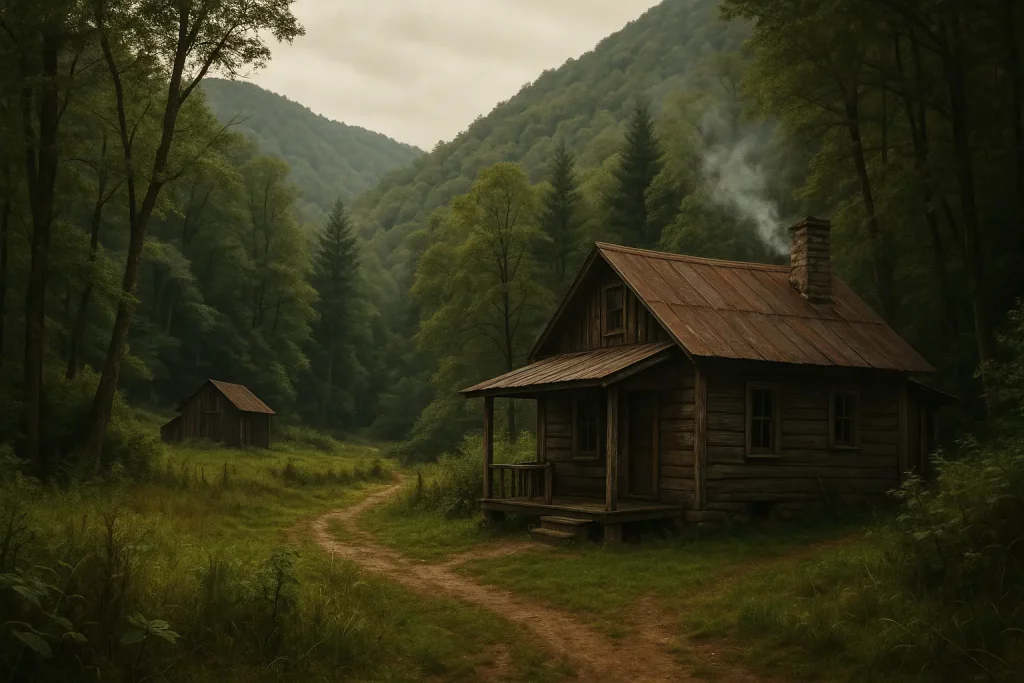I’m Kayla, and I spent a bunch of weekends (and one long week) driving, hiking, and eating my way through small towns in the Appalachians. I paid my own way, and I took lots of notes—about the good, the weird, and the “wait, where’s the cell signal?” moments. Here’s my honest take.
If you’d like a mile-by-mile log of every coffee stop, overlook, and wrong turn, I mapped the whole journey in my extended notebook over on Prairie Bluff.
Big Picture: What these towns feel like
Porches. Fiddles. A slow hello at the gas pump. That’s the vibe. Most places felt safe, kind, and a little old-school. Cash still helps. Weather flips fast—blue skies at 10 a.m., a wall of rain by noon. I learned to carry a light jacket and a paper map. You know what? That old map saved me twice.
Food is hearty. Think biscuits, trout, beans, and pie. Coffee is better than you’d guess. Parking is tight in the cute parts. And yes, trains still run through the night in some spots. Bring earplugs if you’re a light sleeper. If you want a broader rundown of the classic stops hikers rave about, The Trek has a handy list of the best Appalachian Trail towns that pairs well with my on-the-ground impressions.
Damascus, Virginia — “Trail Town USA”
I biked the Virginia Creeper Trail with a rental from Sundog Outfitter. Easy glide, big smiles, cold wind on my cheeks. Then I had a hot sandwich and coffee at Mojo’s Trailside Cafe. Hikers drift in, muddy and happy, and nobody minds. I liked the easy chats on the porch.
- What I loved: creek sounds, friendly outfitters, the laid-back trail scene.
- What bugged me: it gets crowded on fair weekends; many shops close early on Mon/Tue.
Would I go back? For leaf season, yes. Bring a warm layer for the downhill ride.
Hot Springs, North Carolina — “Soak, snack, snooze”
The Appalachian Trail crosses right through town. I soaked in a private tub at Hot Springs Resort & Spa at sunset. Pricey, but the river view felt worth it once. Dinner at Iron Horse Station hit the spot—burger, crisp fries, good service.
- High note: that hot soak after a long hike is chef’s kiss.
- Low note: trains can be loud at 2 a.m.; limited grocery choices.
My tip: book a tub near golden hour. The light makes the hills glow. Before you arrive, consider flipping through Blue Ridge Outdoors’ succinct trail town guide for extra context on amenities and trail crossings.
Floyd, Virginia — “Old-time music with a grin”
Friday Night Jamboree at the Floyd Country Store had people clogging on a wood floor. I ate a pimento cheese sandwich and tried not to cry at the harmonies. Coffee from Red Rooster in the morning helped me wake up after all that tapping.
- Loved: music, friendly locals, clean sidewalks, good donuts.
- Less loved: parking crush on Friday; not much open super early.
Would I bring kids? Yes. The music is sweet and loud but not wild.
If the songs and banjo breaks leave you craving the campfire legends behind them, you can read my first-person deep dive into spooky mountain lore right here on Prairie Bluff.
Lewisburg, West Virginia — “Pretty streets, soft rain”
I wandered the main drag in a light rain and ducked into Carnegie Hall for a small show. Pizza at The Humble Tomato came out blistered and bright. Lost World Caverns sits just outside town; the stalagmites look like frozen storms.
- Up side: artsy, tidy, and calm; a nice date weekend.
- Down side: rooms can be pricey during events; winter goes very quiet.
Bonus: fall colors pop here. Like crayons melted on hills.
Berea, Kentucky — “Craft hands, kind hearts”
Berea College runs on a work-study model. I bought a handwoven towel from the student crafts store. It still lives in my kitchen and makes me smile. Hiked The Pinnacles on a cool morning; easy switchbacks, big view.
- Pro: real crafts, fair prices, no junky trinkets.
- Con: some places close early; traffic gets sticky by the highway.
Food note: the spoonbread at Boone Tavern is rich. Share it or nap after.
Sylva, North Carolina — “Books, beer, and a big hill”
I climbed the steps to the Jackson County Library at sunset. The town lights flicked on like little stars. City Lights Bookstore pulled me in for way too long. Innovation Brewing had a blackberry sour that tasted like summer.
- Good: walkable main street, easy day trips to waterfalls.
- Meh: steep streets and tight parking; bring good shoes.
Small thing I loved: the smell of paper and coffee mixing in the bookstore.
Fayetteville, West Virginia — “Bridge, boats, and big grins”
New River Gorge is now a national park, so yeah, it’s busy. I had breakfast at Cathedral Cafe (the old church building feels cozy), then did the Long Point Trail. That view of the bridge? It feels like a poster came to life. I rafted with Adventures on the Gorge and laughed so hard I got river water up my nose.
- Best bits: views, friendly guides, solid pizza at Pies & Pints.
- Snags: cell service dips; weekends sell out fast.
Pack a dry bag. Trust me.
On those nights when the town powers down early and the motel TV offers little more than static, I sometimes crave a bit of lively, human connection online. If that sounds familiar, check out this thorough overview of the cam community hub Flirt4Free (https://instantchat.com/cam-sites/flirt4free-review/) — it breaks down pricing, performer quality, and privacy tips so you can decide whether logging on is a fun way to end your adventure-filled day.
Harpers Ferry, West Virginia — “History with sore calves”
Two rivers meet here, and the Appalachian Trail rolls through. I hiked Maryland Heights for the overlook, took a deep breath, and just stood there. Bought ice cream, watched a freight train, felt small in a good way.
- Pros: scenery, history, lots of trail folk to chat with.
- Cons: tourist prices, tricky parking; wear real shoes, not sandals.
Bonus tip: go early. The crowds thin, the light is soft, and the town hums.
Boone & Blowing Rock, North Carolina — “College buzz, mountain chill”
On a chilly morning, I grabbed coffee and drove the Blue Ridge Parkway. Rough Ridge Boardwalk gave me that jaw-drop view. In Valle Crucis, the Mast General Store felt like a time capsule. I bought candy like I was eight again.
- Like: tons of hikes, good gear shops, game-day energy.
- Dislike: traffic on 321 can crawl; winter black ice sneaks up.
Plan fuel and snacks ahead. Saves time and nerves.
Johnson City & Erwin, Tennessee — “Trail gates and tacos”
Yee-Haw Brewing in Johnson City had a lively patio and easy beer. I biked a stretch of the Tweetsie Trail and waved at dogs in baskets. Down in Erwin, I popped by the Nolichucky River and watched kayaks flip through a fast run. The air smelled like rain and pine.
- High: outdoor access, chill locals, good value eats.
- Low: some trains at night; summer humidity sits heavy.
Bring bug spray. Thank me later.
If flat-water paddling is more your speed, see my neighbor-on-the-plateau rundown of the major lakes we locals rely on in north Georgia over at Prairie Bluff.
What I pack now (after messing up a few times)
- Light rain shell and a warm layer, even in June
- Cash for small diners and farm stands
- Paper map or a saved offline map
- Earplugs (trains!), headlamp, and a small first-aid kit
- A dry bag for boats and rainy hikes
Quick call-outs I haven’t mentioned much but liked
- Elkins, WV: scenic train rides, Big Timber Brewing, leaf magic in October.
- Black Mountain, NC: sweet coffee shops, easy trails, calmer than Asheville.
- Dillsboro, NC: little shops by the river; nice on a lazy Sunday.
So, should you go?
If you like kind people, front porches, and trails that start near your breakfast, yes. If you need slick nightlife and nonstop noise, maybe not.
Road-warrior sidenote: If your future wanderings eventually carry you far beyond these mist-covered ridges and into the bright sprawl of Southern California, you might crave a quick, no-strings way to tap into the local adult social scene. The Listcrawler Glendale directory lets you scroll real-time postings, compare rates, and



